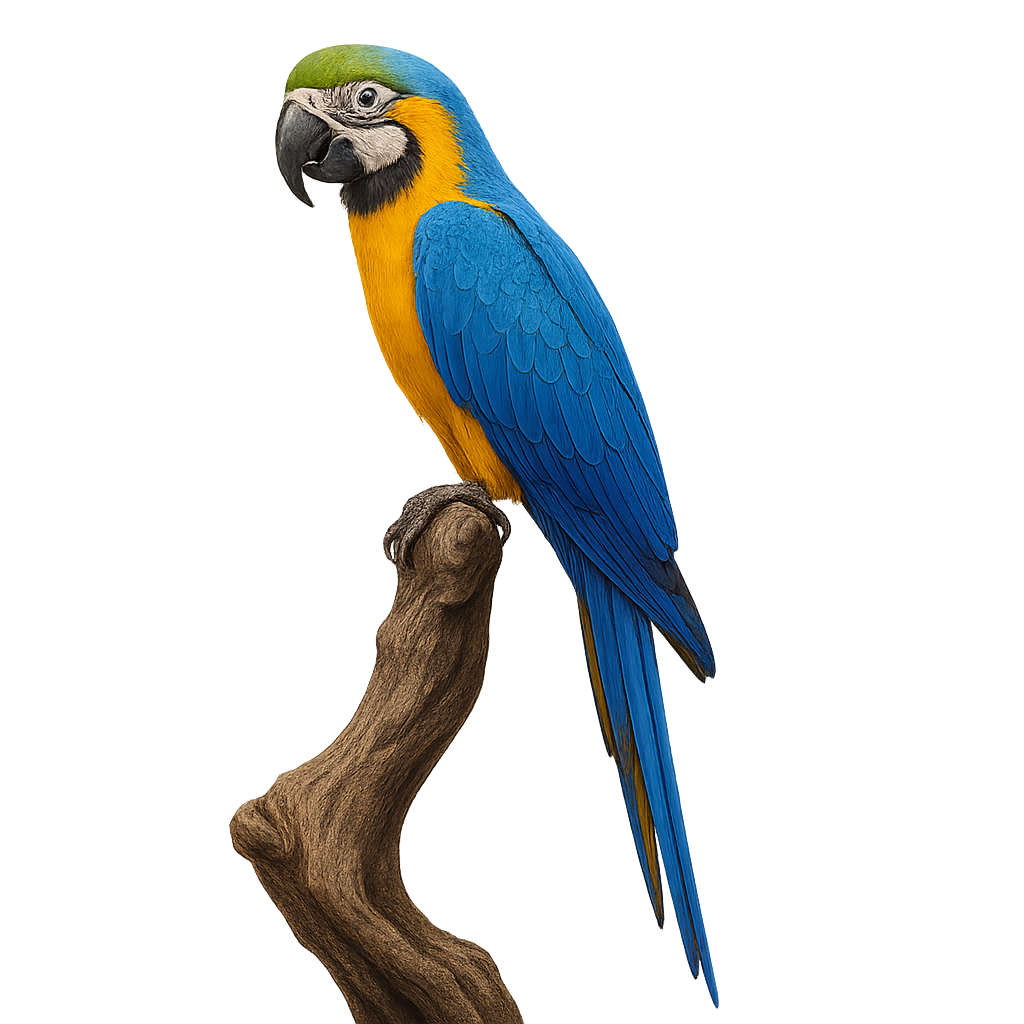Your wildlife photography guide.
Explore the blue-and-yellow macaw in detail, study its behavior, prepare your shots.
Where to observe and photograph the blue-and-yellow macaw in the wild
Learn where and when to spot the blue-and-yellow macaw in the wild, how to identify the species based on distinctive features, and what natural environments it inhabits. The WildlifePhotographer app offers tailored photography tips that reflect the blue-and-yellow macaw’s behavior, helping you capture better wildlife images. Explore the full species profile for key information including description, habitat, active periods, and approach techniques.
Blue-and-yellow Macaw
Scientific name: Ara ararauna

IUCN Status: Least Concern
Family: PSITTACIDAE
Group: Birds
Sensitivity to human approach: Tolerant
Minimum approach distance: 10 m
Courtship display: December to February
Incubation: 24-26 jours
Hatchings: December to March
Habitat:
Tropical forests, savannas, wetlands
Activity period :
Primarily active during the day, with peak activity in the morning and late afternoon.
Identification and description:
The Blue-and-yellow Macaw, or Ara ararauna, is a striking parrot native to the tropical forests of South America. Known for its vibrant blue plumage and bright yellow belly, this bird is a symbol of Amazonian biodiversity. Measuring about 86 cm in length, it has a strong beak suited for consuming nuts and fruits. Sociable and intelligent, the Blue-and-yellow Macaw lives in groups and communicates through a variety of calls. It plays a crucial role in seed dispersal, aiding forest regeneration. Unfortunately, it is threatened by deforestation and illegal trade, although conservation efforts are underway to protect its natural habitat.
Recommended lens:
400 mm – adjust based on distance, desired framing (portrait or habitat), and approach conditions.
Photography tips:
To photograph the Blue-and-yellow Macaw, aim for early morning hours when the light is soft and bird activity is high. Use a telephoto lens of at least 400mm to capture precise details without disturbing the bird. Be patient and wait for the macaw to perch on an open branch for a natural background. If possible, use a tripod to stabilize your camera and avoid motion blur. Remember to respect the safety distance to avoid stressing the animal.
The WildlifePhotographer App is coming soon!
Be the first to explore the best nature spots, track rutting seasons, log your observations, and observe more wildlife.
Already 1 431 wildlife lovers subscribed worldwide

